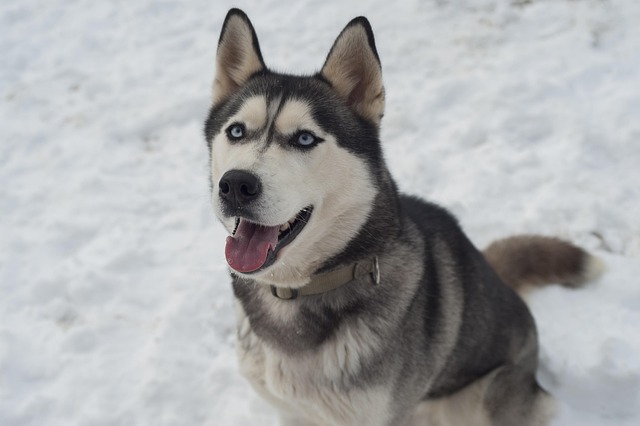
How to care for a dog's scratched eye blood?
A dog’s scratched eye with blood can happen in a flash—maybe during a romp in the backyard, when they rub against a thorny bush, or even while playing with a frisbee.
I sat with my friend Maya on her Seattle apartment couch last month, as her 2-year-old Shih Tzu, Luna, trembled under the blanket—thunder booming outside, her paws digging into the fabric like she was trying to escape. “I’ve tried calming treats and a thunder shirt, but nothing works. The pet store recommended CBD, but does CBD actually help dogs with anxiety?” Maya asked, brushing Luna’s shaking ears. If you’re a new U.S. dog owner skeptical about CBD for your pup’s stress (whether from storms, separation, or new places), the answer is nuanced: Yes, it can help—but it’s not a magic fix, and it works best with gentle training and vet guidance.
To understand why CBD might ease anxiety, let’s break down a dog’s biology: Dogs have an endocannabinoid system (ECS)—a network of receptors in their brain and body that regulates mood, stress, and even pain. Luna’s vet explained that CBD (cannabidiol, from hemp, not marijuana) binds to these ECS receptors to “quiet” the overactive stress signals. Unlike THC (the psychoactive part of marijuana, which is toxic to dogs), CBD won’t get your dog “high”—it just helps their body return to a calm state. Think of it like a reset button for their nervous system: If Luna’s brain is screaming “danger!” at thunder, CBD helps turn that volume down so she can relax. But it doesn’t erase the trigger—just how her body reacts to it.
Here’s how to tell if CBD will help your anxious dog, plus steps to use it right: First, pick a vet-approved, THC-free product. Avoid cheap brands—look for “broad-spectrum” or “isolate” CBD (no THC) with a third-party lab report (to prove purity). Maya chose a vet-recommended oil, and Luna had no side effects (unlike a cheap treat she tried earlier that made Luna sleepy and sick). Second, dose correctly for their size. CBD works by weight—Luna (12 pounds) got 5mg twice a day, while a 50-pound Lab might need 20mg. Too little does nothing; too much can cause mild sleepiness (harmless, but not helpful for daytime anxiety). Third, pair CBD with positive training. CBD calms their body, but training teaches them “this isn’t scary.” When thunder hit, Maya gave Luna CBD 30 minutes early, then handed her a stuffed Kong (her favorite toy). The CBD helped Luna stay calm enough to focus on the Kong, and over time, she started associating thunder with treats, not fear. Fourth, watch for subtle calm signs. It’s not “instant chill”—look for softer ears, slower breathing, or her lying down instead of hiding. Luna stopped digging the blanket after 25 minutes of her first dose and curled up with her Kong instead.
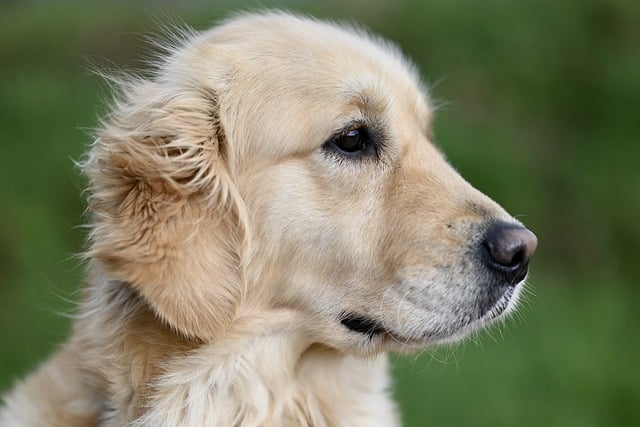
For apartment living, store CBD in a cool cabinet (out of your dog’s reach—never let them chew the bottle) and use it 30–45 minutes before triggers (like when you grab your keys for separation anxiety). When walking, always carry poop bags (cities like Seattle fine $125 for leaving messes)—CBD rarely affects potty habits, but consistency matters. Never use CBD as an excuse to skip training or punish anxiety: If your dog hides, don’t scold them—CBD plus gentle praise (“good girl, you’re safe”) builds trust. Keep their rabies vaccine up to date (required nationwide)—always tell your vet about CBD, as it can interact with rare medications (like some seizure drugs).
After three weeks, Maya texted me a video of Luna napping through a thunderstorm, Kong in paw. Does CBD actually help dogs with anxiety? For Luna, yes—but only as part of a routine that includes her favorite toy and Maya’s calm presence. It’s a tool, not a solution—and with vet guidance, it can make your anxious pup’s world feel safer.

A dog’s scratched eye with blood can happen in a flash—maybe during a romp in the backyard, when they rub against a thorny bush, or even while playing with a frisbee.

Many dog owners freeze up the first time they hold a clipper near their pet’s paws—worried about nicking the quick or making their dog anxious.
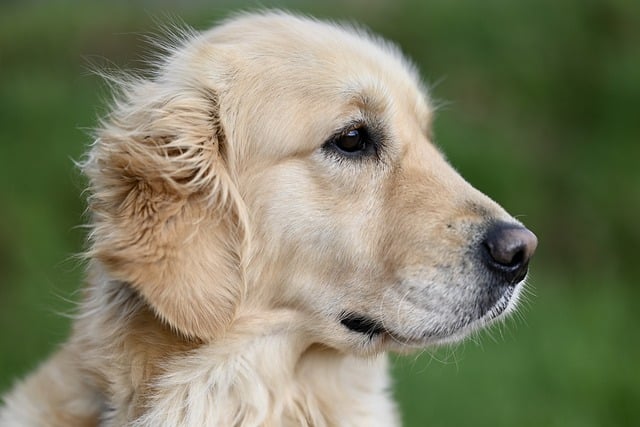
I sat with my friend Maya on her Seattle apartment couch last month, as her 2-year-old Shih Tzu, Luna, trembled under the blanket—thunder booming outside
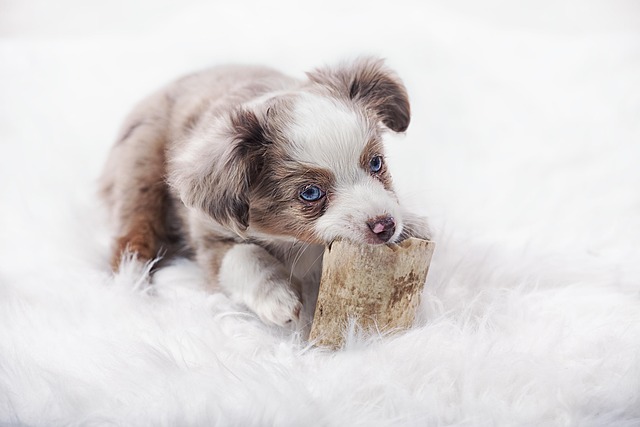
Most dog owners notice their pup's stinky breath now and then,but that smell might signal more than just leftover kibble.Over time,plaque builds up along the gumline,turning into tartar that brushing alone can't remove—and this isn't just a hygiene issue.
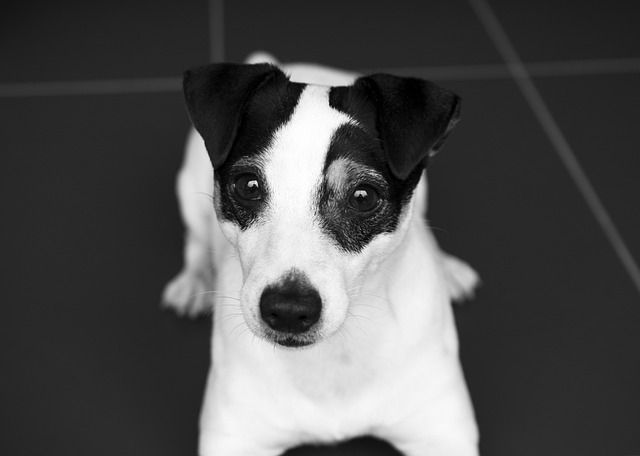
Knowing when and how to trim your dog’s nails is one of those essential skills new pup parents quickly learn to master.
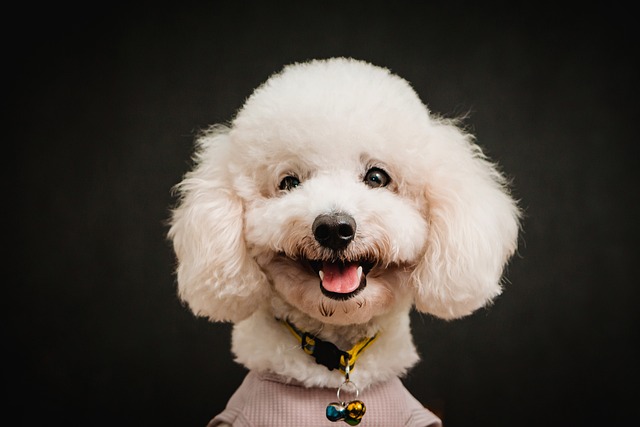
Many new pet parents get caught off guard when they first hear about the cost of professional dog teeth cleaning—after all, it’s easy to overlook dental care until you notice your pup’s bad breath or yellowed teeth.